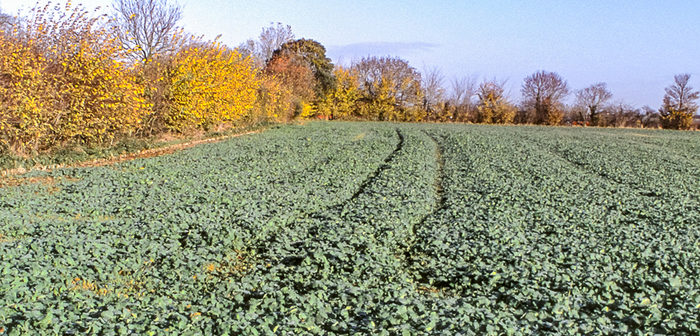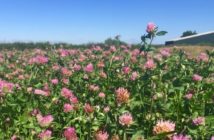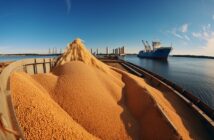The AHDB’s Early Bird Survey of early plantings and planting intentions shows a 30% rise in the UK oilseed rape area for harvest 2026 to 316 Kha. It follows a forty-two-year low in 2025, though good yields prevented a further decline in production.
If all crops make it to harvest, the 2026 oilseed rape area would be the largest since 2023 and early reports of crop potential are encouraging.
The crop likely benefited from a more favourable outlook compared to other crops, as well as the good yields achieved in 2025 and rotation needs. This recovery in the oilseed rape area could help reduce our reliance on imports next season. As production declined, our reliance on imports has increased, with domestic supply estimated at below 20%
Wheat also edges up
The wheat area has edged up after an open autumn with a provisional forecast of 1,675 Kha. This is up 1% from 2025 but still below the 2023 level. Assuming a return to average yields, the increase in area points to higher UK wheat production in 2026.
However, barley and oats are expected to decline. The winter barley area is estimated to fall a further 2% to 356 Kha, while spring barley plantings are expected to decline 15% to 610 Kha. If confirmed, this would put the total barley area for harvest 2026 at 963 Kha, the lowest level since 2010.
The area of oats is also expected to decline, down 14% to a projected 170 Kha but just above the area seen in 2023.
The AHDB suggests the changes to the cereals area are down to poor yields over the past two years, along with ongoing commitments to agri-environment schemes.




